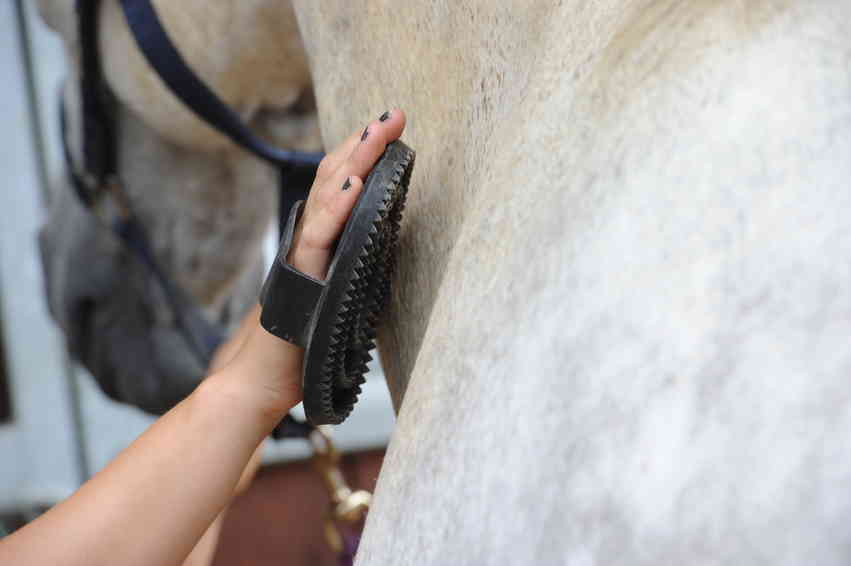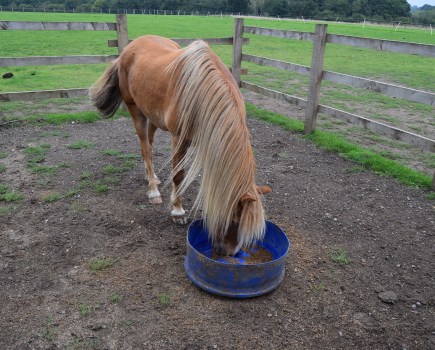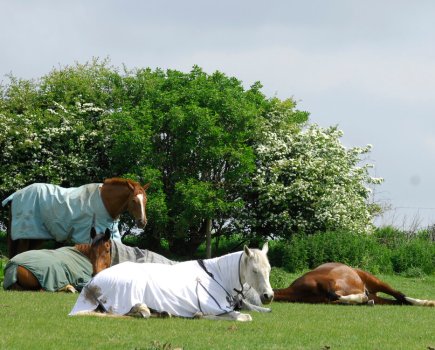The question: My new horse has developed a habit of pulling back/rearing when tied up. She didn’t do it when we first got her and I’ve no idea what has caused it. She has also developed an aversion to having her bridle put over her ears, lifting her head and even rearing, so she is not being worked. What can I do?
Nicole Davies, North Yorks
Matt Owen, an equine behaviour consultant, answers: I wonder if you have spoken to your horse’s physiotherapist or vet regarding this issue? I also wonder if the horse shows the same aversion to having a headcollar on, and if you can groom around the area without having an adverse reaction? From the information provided I would suggest the following:
1. Rule out pain
The fact that the horse has pulled back from being tied up suggests that at some point there will have been a huge amount of pressure applied around her head. This can produce a fear response in a similar situation. Horses don’t rationalise information like humans do, but they do remember painful experiences just as well as we do. I would have your horse assessed by an ACPAT equine physiotherapist or your equine veterinarian. Remember – you can’t train pain out of a horse.
2. Avoid the unwanted behaviour
I would suggest that you don’t tie this horse up again until you have assistance from a professional who can help. A correct approach of counter-conditioning along with systematically desensitising the area to the various unwanted pieces of tack that she cannot currently tolerate is needed.
The same approach could also be applied to improve being tied up. Counter-conditioning is changing the emotional response to something a horse fears or dislikes and then pairing this with something it does like, such as a treat or a scratch at the wither. Done over time, this should help change the way the horse views the thing of which they are scared. It should always be done in conjunction with systematic desensitisation, as a tense horse won’t feel good about taking a treat if they are in a state of stress.
Systematic desensitisation describes the process of exposing the horse to stimuli which they find fearful in small increments — small enough not to induce a fear response. With your horse, this may involve stripping the bridle down into its individual components and then exposing each piece to her over time.
3. Alternative exercise
Is there an alternative way of exercising the horse without the need for tack for now? Could you safely work your horse at liberty? Hand walking could also be an option.
4. Increase turnout time
If exercise is out of the question and you have the option available, increasing the amount of turnout can certainly help improve your horse’s sense of wellbeing.
About the expert: Matt Owen is an equine behaviour consultant and founder of Horse Help UK. He helps horses and owners in the UK and abroad tackle equine behavioural issues.









